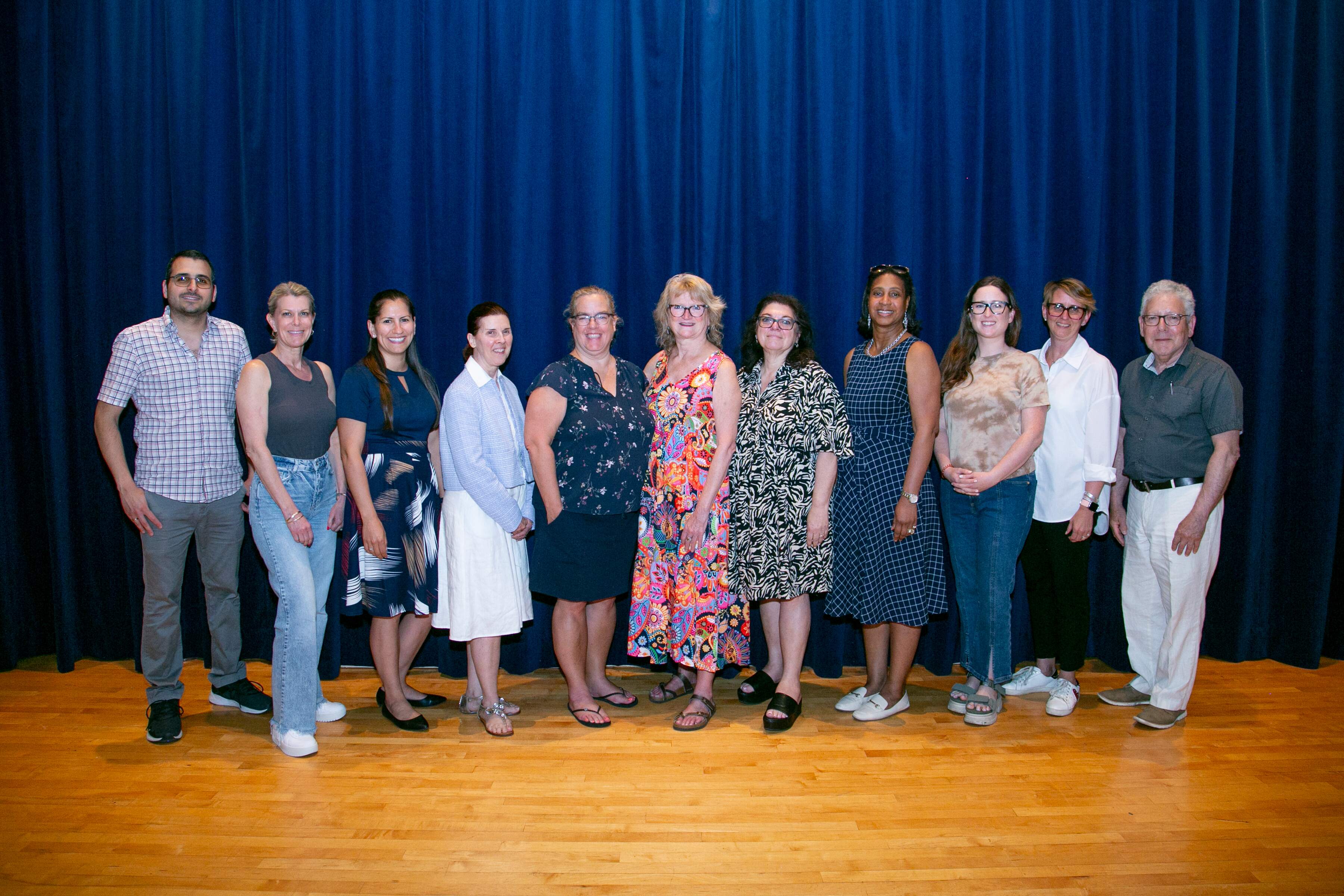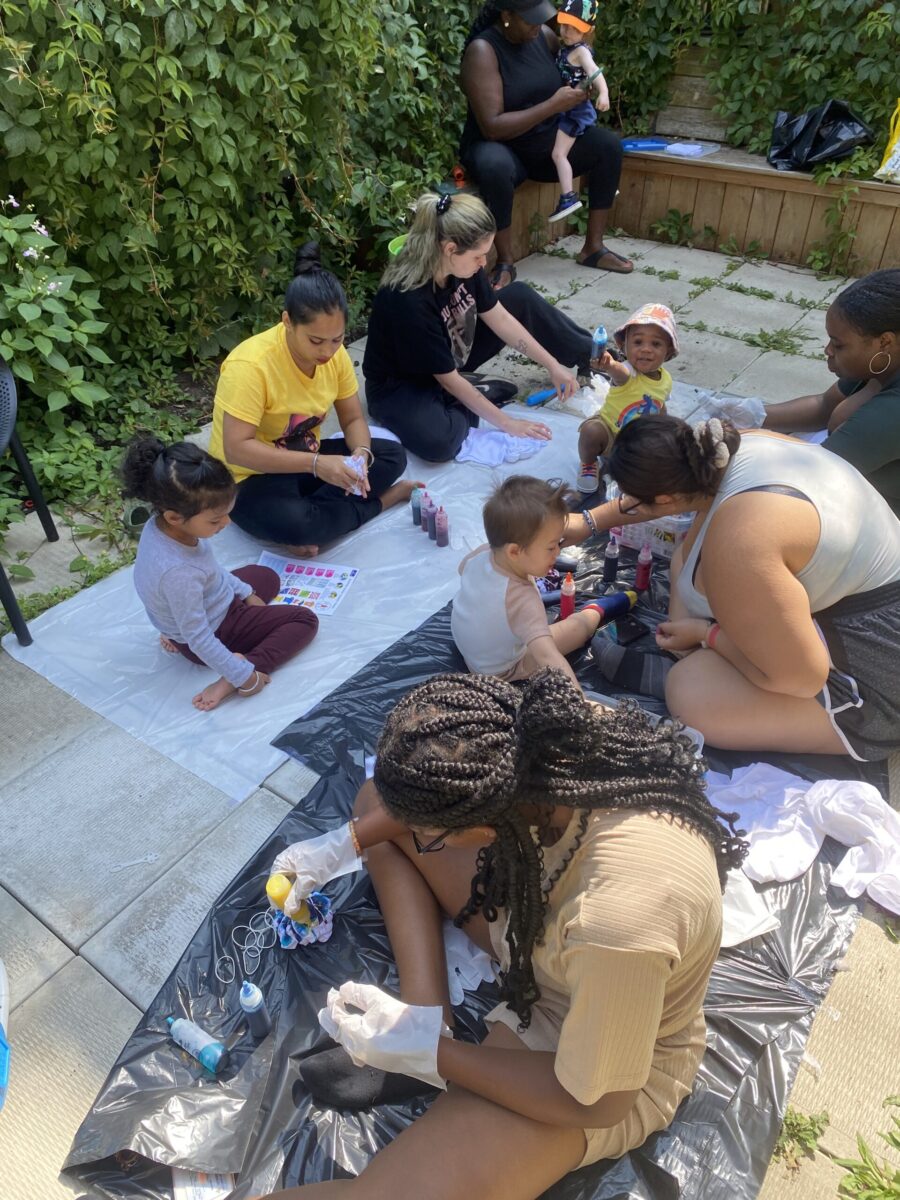8 June 2022

I spoke with Carlo prior to the Golf Tournament meeting held at Elizabeth House and he was surprised to learn that the organization was celebrating its 40 years of providing services to young mothers and their children in difficulty. I thought it would be good timing to talk a little about the history of EH and some of the changes over the decades. We will be starting a piece of work that will look at societal changes, changes in client profiles, and needs and how these factors informed and influenced clinical programming.
The mid to late ’60s
- Anglican and United Church communities became aware of and then focused their attention on the need for services to support pregnant adolescents. These communities deliberated on how to best meet the needs of this population and the community.
- Approached the Presbyterian church which readily consented to share the responsibility and the cost of such services.
- June 11, 1968, Elizabeth House officially opened on Marlowe in a building it rented, and soon after purchased it from the Sheltering Home of Montreal.
- It welcomed its first clients in the residence – young pregnant girls, from middle to upper-class families who “made a mistake”; they would continue their high school education at Elizabeth House, where they were sheltered during their pregnancy, supported to deliver healthy babies, placed those babies for adoption and returned home to a relatively stable environment and picked up their lives where they left off 7-9 months earlier.
- Most people describe these years as the time when young girls were “gone to an aunt’s”
- Served 40-60 mothers
The early ’70s
- Elizabeth House was transferred from the jurisdiction of the church to the Ministry of Social Affairs which provided a budget for services but not for capital expenditures or renovations.
The mid ’70s
- Numbers were dropping; operating at only 50% capacity
- This was due to the increased availability of abortions, increased availability of birth control, and increased acceptance of single parenthood and unwed motherhood.
- Many young women were now choosing to keep their babies, they no longer came from stable homes and very often did not have a home to return to.
- This change in society and the evolving needs of the clients focused Elizabeth House on the development of specialized programs and services to help young mothers.
The late ’70s – ’80s
- Ongoing development/adaptation of programs and supports for young mothers in difficulty (external services, for example).
- Most girls (80%) were keeping their babies; high representation from the black community, low literacy levels, and unstable families.
The ’90s (and into this century)
- Implemented formal clinical programs, procedures and processes; developed a strong rehabilitation component to programs and services.
- Implemented formal administrative policies, procedures and practices.
- Developed formal partnerships with others providing services to this population to ensure that resources are maximized and not duplicated.
- Young women were deciding to raise their children and not place them for adoption, many moms and babies under youth protection, all living in poverty and suffering a disorganized family life; no stability, lack of basic needs, and not meeting developmental milestones of children.
This century:
- Recognized experts in the field of adolescent pregnancy and in working with young mothers in difficulty
- 140-160 a year, in residential, external and transition apartment programs
- Mothers’ age range between 13 – 30 roughly
- 100% of them want to keep babies but not all can focus on what is best for the baby
- Working with dads and families, considered clients, along with the baby and mother
- Diverse clientele; economic, education, culture
- Important partnerships, for example; EMSB, CSSS, like-minded community organizations, Youth Protection, DKG
- Literacy program structured programs and focused clinical work which is achieving positive outcomes and success stories.
Through the work at Elizabeth House, we confirm that this population needs three things: stability, opportunity and support in order to be contributing members of society and to raise healthy families.
- Started a transitional housing project for ex-clients and other young families needing housing and support services to stabilize their families.
- Twenty-nine 2 and 3-bedroom apartments, negotiated rent subsidies for all of the apartments; raise money to provide support services and guidance as these families get on their feet.
Through all of our work (residence, external program, work in the community, housing projects, school program, etc..) we have documented many positive successes and outcomes. The most important ones below will clearly illustrate how donations are making a difference!
- Moms are no longer socially isolated
- They develop realistic educational or vocations long-term plans
- They have an increased sense of self-esteem
- They have a support network that includes community resources
- Fathers’ involvement in the child’s life is increased to the extent possible
- Families are able to live independently in the community

